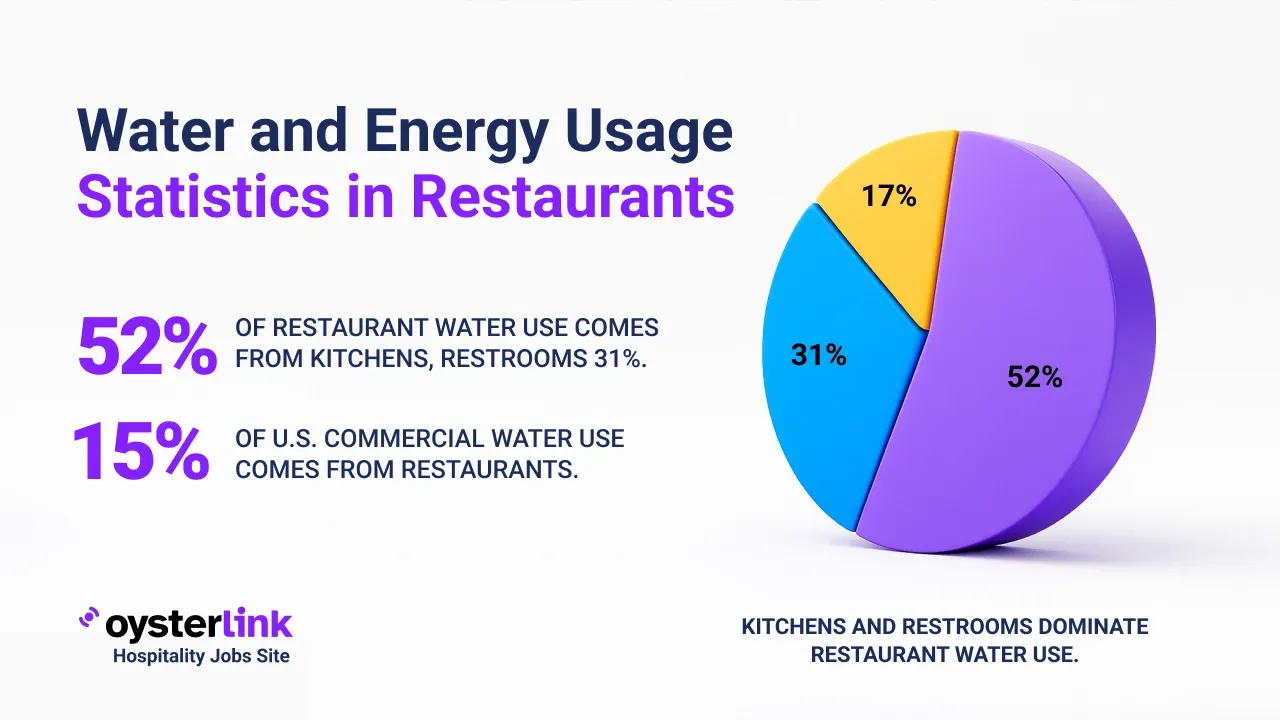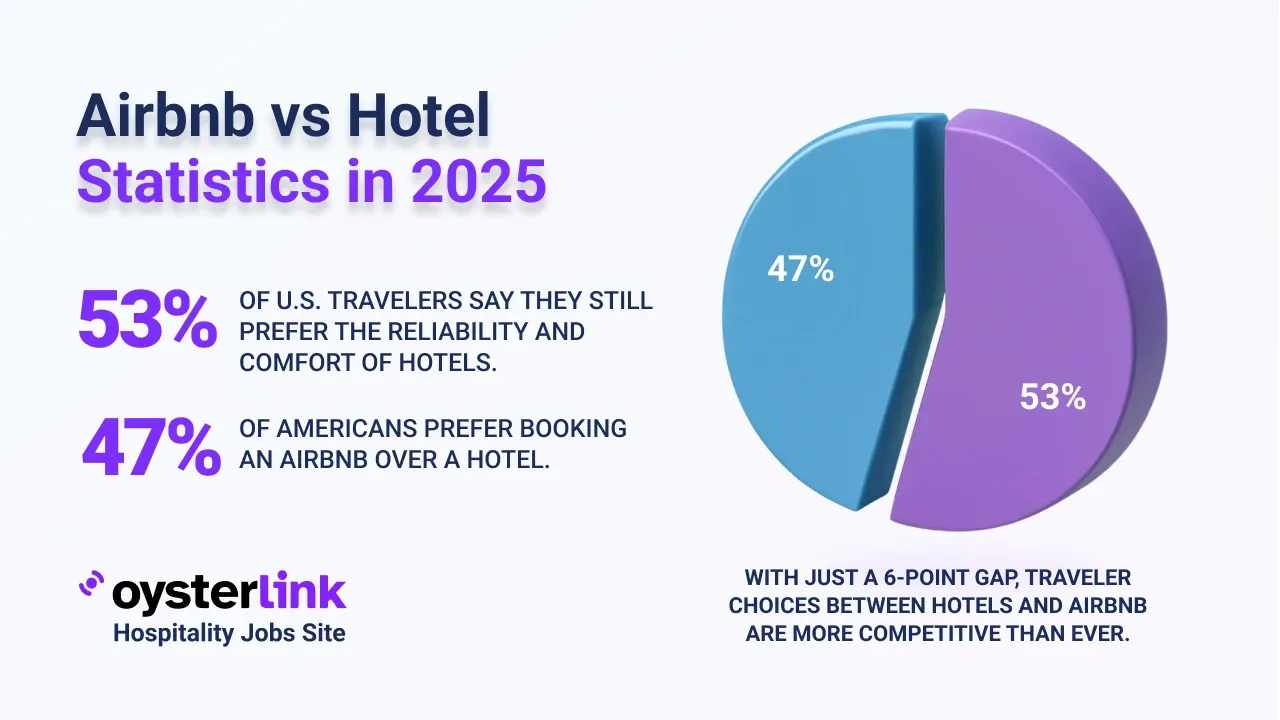Loyalty Bonus vs Hourly Raise for Cashier Retention: Key Takeaways
- 59% of compensation pros say salary increases are the most effective for retaining top talent.
- Loyalty bonuses are variable, one-time payments ranging 10%-25% of base salary, used as targeted retention tools.
- Hourly raises boost long-term financial security but increase fixed payroll costs, while bonuses offer flexibility but may not ensure lasting loyalty.
Choosing between loyalty bonuses and hourly raises for cashiers hinges on budget, employee motivation, and retention goals.
This guide explores the pros, cons, and best uses of both retention incentives for cashiers.
Employers can use this guide to hire a cashier effectively.
1. Understanding Hourly Raises as Retention Incentives for Cashiers
Hourly wage increases provide cashiers a permanent boost to their pay, signaling a long-term commitment from the employer. This consistent rise in income can improve job satisfaction and loyalty.
Review current cashier salary data when planning raises.
A compensation industry survey found that 59% of professionals consider salary increases the best way to retain valuable employees. For cashiers, who often face high turnover, this can be a crucial tool.
Compare restaurant wages by state to stay competitive.
Advantages of Hourly Raises for Cashier Retention
- Long-Term Financial Security: Cashiers gain steady income increases that positively impact budgeting and life stability.
- Compounding Benefits: Higher hourly wages can improve other compensation elements such as overtime, retirement contributions, and potential bonuses tied to base pay.
Considerations When Implementing Hourly Wage Increases
- Increased Fixed Costs: Permanent wage hikes raise payroll expenses, which can pressure budgets, especially in lean times.
- Pay Equity Challenges: Uneven raises may create dissatisfaction or legal risks if perceived as unfair across similar roles.
Use this guide to calculate pay raises and forecast costs.
2. Loyalty Bonuses for Cashier Retention: Benefits and Drawbacks
Loyalty bonuses are typically one-time retention payments aimed at incentivizing employees to stay for a predetermined period. They often range between 10% and 25% of the base salary and are useful for targeting key roles or periods of turnover risk.
For cashiers, these bonuses can be a practical way to boost retention without committing to long-term payroll increases.
Advantages of Loyalty Bonuses for Cashier Retention
- Cost-Effectiveness: Since they are variable expenses, loyalty bonuses can be more affordable for employers, especially amid financial uncertainty.
- Targeted Retention: Bonuses can be selectively offered to essential cashiers, protecting business operations from disruptive turnover.
Drawbacks and Considerations for Loyalty Bonuses
- Temporary Nature: Bonuses do not guarantee long-term loyalty; employees may exit once the bonus period ends.
- Potential Resentment: If applied unevenly or without clear communication, bonuses may cause morale issues among staff not receiving them.
3. Deciding Between Loyalty Bonuses and Hourly Raises for Cashiers
The choice between these two retention incentives depends on multiple factors that affect food retailers and other businesses employing cashiers.
For role clarity and growth, see our cashier career guide.
Key Factors Influencing Retention Strategy for Cashiers
- Budget Constraints: If continuous wage increases are not financially viable, one-time bonus payments may be preferable.
- Employee Preferences: Understanding whether cashiers value immediate boosts or long-term earnings stability helps tailor the approach.
- Market Competitiveness: The overall compensation package must be aligned with industry standards to attract and retain talent effectively.
Use these compensation strategy components to structure your plan.
Combining Incentives for Maximum Impact
Employers may choose to implement a mix of hourly raises and loyalty bonuses. For example, a moderate base wage increase combined with periodic bonuses can provide ongoing financial security and intermittent rewards.
This hybrid approach can balance fixed costs against flexibility and address diverse employee motivation drivers.
Align incentives with a clear cashier job description to set expectations.
4. Best Practices for Implementing Retention Incentives for Cashiers
- Transparent Communication: Clearly explain the purpose, eligibility, and mechanics of bonuses or raises to avoid misunderstandings.
- Equity Considerations: Apply retention incentives fairly to minimize perceptions of bias or favoritism.
- Regular Review: Monitor turnover rates and employee feedback to adjust compensation strategies as needed.
- Align with Business Goals: Ensure retention programs support overall financial health and operational needs.
See practical ways to reduce employee turnover across your locations.
5. Relevant Government and Official Resources
- U.S. Department of Labor – Fair Labor Standards Act (FLSA): https://www.dol.gov/agencies/whd/flsa
- U.S. Department of Labor – Wage and Hour Division: https://www.dol.gov/agencies/whd
- U.S. Bureau of Labor Statistics – Occupational Outlook for Cashiers: https://www.bls.gov/ooh/sales/cashiers.htm
Use these cashier interview questions to assess retention-minded candidates.
Loyalty Bonus vs Hourly Raise for Cashier Retention: Conclusion
In summary, hourly wage increases offer cashiers lasting financial benefits that foster long-term loyalty but increase fixed payroll costs. Loyalty bonuses, conversely, provide flexible, immediate incentives that can help retain staff cost-effectively in the short term but may not sustain retention over time.
Employers should assess their financial situation, understand cashier motivations, and align with organizational goals to select or combine these retention incentives effectively.

.webp)
.webp)

